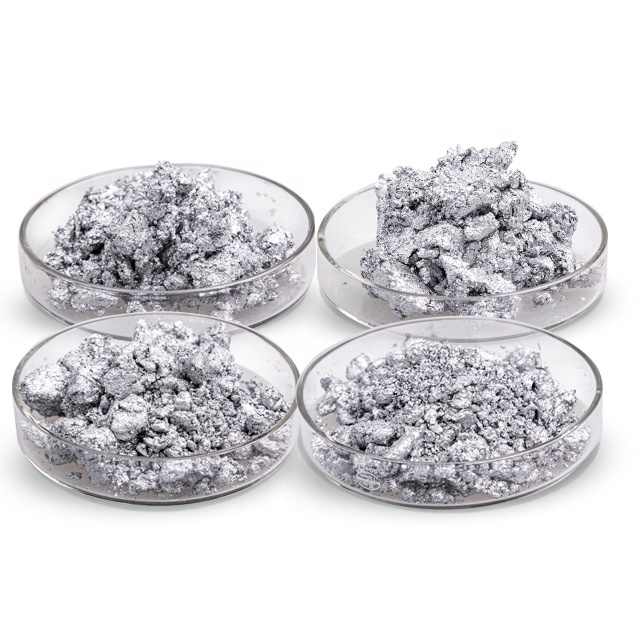electrolysis silver refining
Electrolysis Silver Refining: A Detailed Overview
Electrolysis silver refining is a highly effective and widely used method to purify silver to a high degree of purity. This process relies on the principle of electrochemical reactions to separate silver from its impurities, making it an essential technique in the jewelry, electronics, and precious metals industries. Below, we explore how this process works, its benefits, and its applications.

How Does Electrolysis Silver Refining Work?
The electrolysis method of refining silver is based on the flow of electrical current through a solution to separate silver from other metals. The process takes place in an electrolytic cell, where the impure silver is dissolved and re-deposited as pure silver on a cathode.
Components of the Electrolysis Setup
- Electrolyte: A solution containing silver ions, typically silver nitrate (AgNO₃).
- Anode: The impure silver, which acts as the source of silver ions.
- Cathode: A sheet of pure silver, which serves as the surface for the deposition of refined silver.
- Power Source: A direct current (DC) supply, which is connected to the anode (positive terminal) and cathode (negative terminal).
Step-by-Step Process of Silver Electrolysis
- Preparation: The impure silver is placed as the anode, and the pure silver cathode is immersed in a bath of silver nitrate solution.
- Dissolution of Silver: When an electrical current is applied, silver atoms at the anode lose electrons and dissolve into the electrolyte as silver ions (Ag⁺).
- Silver Deposition: The dissolved silver ions migrate towards the cathode, where they gain electrons and are deposited as pure silver.
- Separation of Impurities: Non-silver impurities either remain in the electrolyte or fall to the bottom of the cell as sludge, often referred to as “anode mud.” This mud may contain valuable metals like gold, which can be recovered later.
- Collection of Pure Silver: Over time, a layer of pure silver builds up on the cathode, which can be removed and further processed.

Advantages of Electrolysis Silver Refining
Electrolysis is considered one of the best methods for refining silver due to its numerous advantages.
1. High Purity
Electrolysis can achieve silver purity levels of 99.9% or higher, which is critical for industries that require ultra-pure silver, such as electronics and fine jewelry.
2. Efficient Process
This refining method is efficient, allowing for a continuous process where large amounts of silver can be purified with minimal waste.
3. Recovery of Precious Metals
One of the significant advantages of electrolysis is that it allows for the recovery of other valuable metals found in the impure silver, such as gold or platinum, which are often trapped in the anode mud.
4. Environmentally Friendly
Compared to some chemical methods of refining silver, electrolysis produces fewer harmful by-products, making it a more environmentally responsible option.
Applications of Electrolysis Silver Refining
Electrolysis is used in various industries where high-purity silver is necessary. Some common applications include:
- Jewelry and Silverware: Refined silver is used to craft jewelry and silverware that are free from tarnishing elements and impurities.
- Electronics: Silver is widely used in electronics due to its excellent electrical conductivity. High-purity silver is crucial for manufacturing components like switches, conductors, and contacts.
- Coinage and Bullion: Governments and private mints often refine silver to produce coins and bullion for investment purposes.
Challenges of Electrolysis Silver Refining
While electrolysis is a highly effective method for refining silver, it does present some challenges.
1. Equipment Costs
Setting up an electrolytic cell for refining can require a significant initial investment, including the costs of the power supply, silver nitrate solution, and electrodes.
2. Disposal of Anode Mud
The recovery of precious metals from the anode mud can be a complex and costly process, and improper disposal of the sludge can pose environmental concerns.
3. Time-Consuming
Although efficient, the electrolysis process takes time, especially when large quantities of silver are being refined. The speed at which silver is deposited onto the cathode depends on several factors, including current density and electrolyte concentration.
Electrolysis silver refining remains one of the most effective and reliable methods for producing high-purity silver. With its ability to yield nearly pure silver and recover valuable metals from impurities, electrolysis is an indispensable technique in industries that rely on quality silver. Despite its challenges, the benefits of high efficiency, environmental safety, and economic value make electrolysis a preferred choice for refining silver on both industrial and smaller scales.















